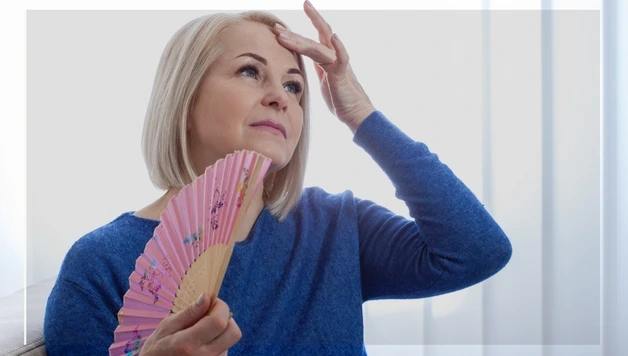Hot flashes:
Hot flashes may start with fatigue accompanied by a sudden feeling of warmth and usually accompanied by a red, flushed face and sweating. The intensity and duration of hot flashes can vary among individuals, but they typically last for a few minutes.
Prostate cancer and Hot flashes:
Hot flashes and fatigue are not typically associated with prostate cancer. However, it is common in men who have been castrated due to prostate cancer or are undergoing hormone therapy. Some causes of hot flashes in prostate cancer are:
- Prostate cancer cells rely on the hormone testosterone to grow. Hormonal treatment, called androgen deprivation therapy (ADT) in medical circles, uses drugs to block or reduce testosterone and other male sex hormones that support cancer growth. ADT effectively deprives prostate cancer cells of testosterone and hinders their growth.
- The reduction of plasma sex hormones from normal levels can affect the functioning of brain neurotransmitters such as noradrenaline, serotonin, GABA, dopamine, and beta-endorphins. The thermoregulatory centre in the hypothalamus can be reset by reducing sex hormones. There is a positive correlation between hot flashes and luteinising hormone (LH) surges. Hot flashes are known to worsen with a longer duration of ADT and are worse in younger men with lower BMI.
Approximately 80-90% of men on androgen deprivation therapy (ADT) experience hot flashes, with 27% reporting them as the most bothersome side effect. Hot flashes have been linked to embarrassment, helplessness, and distress during treatment. Hot flashes can last for androgen deprivation therapy (ADT) treatment and can significantly impact the quality of life and sleep.
Managing hot flashes with lifestyle

There are several potential ways to manage hot flashes if you have prostate cancer. By making minor changes to your daily routine, you may be able to reduce the number and intensity of hot flashes you experience. A few changes that help with hot flashes are:
- Avoiding triggers that can cause hot flashes (such as spicy foods or hot drinks)
- Wearing loose, lightweight clothing.
- Staying cool by using a fan or air conditioner
- Exercising, meditation and yoga also help reduce the severity of hot flashes.
Hot flashes and stress management
It’s also essential to manage your stress levels, as stress can make hot flashes worse. This can involve finding healthy ways to cope with stress, such as exercising, practising relaxation techniques, or talking to a therapist.
Relaxation techniques can help reduce the intensity and frequency of hot flashes. Some relaxation techniques that may be effective are:
- deep breathing
- progressive muscle relaxation
- mindfulness meditation
- guided imagery
These techniques can help to reduce stress and calm the body, which can, in turn, help to reduce the severity of hot flashes.
Additionally, some research suggests that regular exercise, such as walking or yoga, can help to reduce hot flashes. Some of the yoga poses that help minimises stress and manage hot flashes are:

Reclining Bound Angle Pose (Supta Baddha Konasana): Reclining Bound Angle Pose helps calm the brain and relieve stress and mild depression. It also helps with fatigue and insomnia.
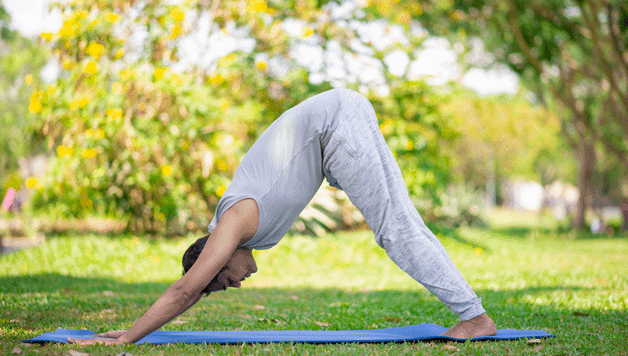
Downward-Facing Dog (Adho Mukha Svanasana): This yoga pose calms the brain

Reclining Hero Pose (Supta Virasana): Reclining Hero Pose relieves anxiety, fatigue, and headaches.

Bridge Pose (Setu Bandha Sarvangasana): Calming the brain and reducing stress and mild depression are some of the benefits of this asana. It also helps to reduce anxiety, fatigue, backache, headache, and insomnia.
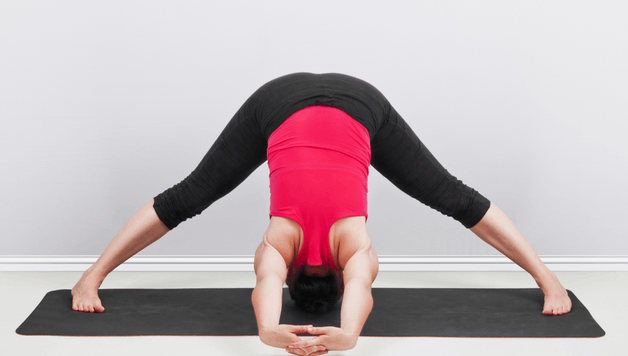
Wide-Legged Forward Bend (Prasarita Padottanasana): This asana effectively treats headaches, fatigue, and mild depression. It can be used therapeutically to alleviate these symptoms.
You must consult the doctor before beginning any new exercise routine if you have any underlying health conditions. Your doctor can help to determine the best relaxation techniques and exercise options for your specific needs.
Managing hot flashes with herbal remedies
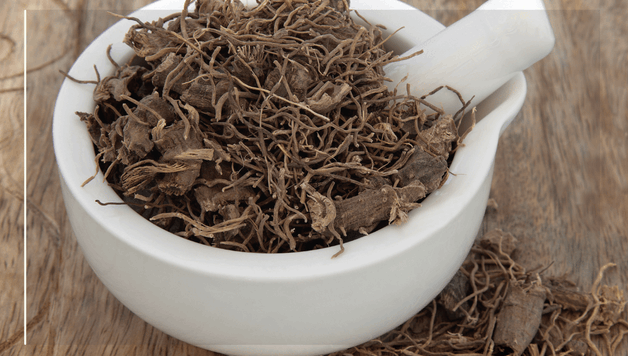
Black Cohosh: Black cohosh contains compounds that may have estrogen-like effects on the body. These compounds help relieve conditions such as hot flashes and night sweats. It is available in various forms, including capsules, tablets, tinctures, and teas. The most common way to use black cohosh is to take it orally in capsule or tablet form.
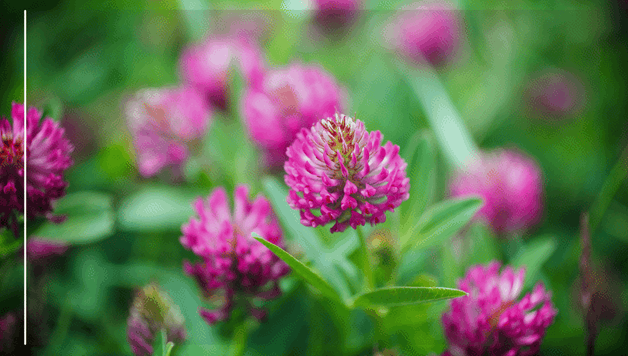
Red clover: Red clover treats various ailments, including asthma, eczema, and hot flashes. To use red clover is a dietary supplement. It is typically taken as a tea, tincture, or capsule.

Dong Quai: Dong Quai helps alleviate symptoms such as hot flashes and mood swings. It is available in various forms, including capsules, tablets, tinctures, and teas. It is typically taken orally.

Evening primrose oil: Evening primrose oil is used to treat conditions like blood pressure, managing cholesterol, Rheumatoid arthritis, hot flashes, etc. Evening primrose oil is available in various forms, including capsules, tablets, and liquid oil. It is typically taken orally but can be applied topically as well.
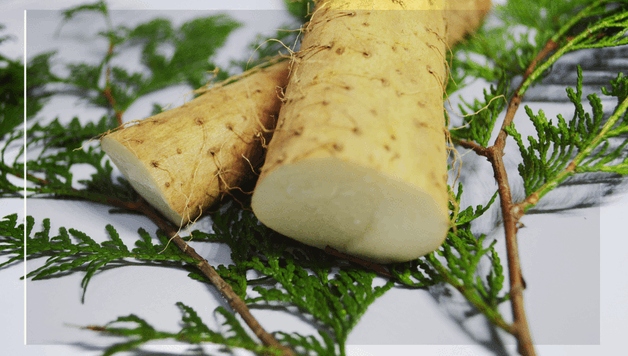
Wild yam: Wild yam is used in various conditions such as constipation, dermatitis, eczema, hot flashes, and mood swings. Wild yam is available in multiple forms, including capsules, tablets, tinctures, and creams. It is typically taken orally but can also be applied topically to the skin.
Herbal remedies can interact with other medications and may have potential side effects, and it is suggested to speak with a doctor first. Additionally, the effectiveness of herbal remedies for hot flashes needs to be better established, and more research is needed to determine their safety and efficacy.
Hot flashes: Treatments & Side effects
Oestrogens and Progesterones were some of the earliest therapies for treating hot flashes and were successful. Some standard treatments are:
● Intramuscular injections of Cyproterone acetate have been found to reduce hot flashes drastically. Cyproterone acetate can also have an unfavourable effect on lipid profile and increases cardiovascular risk. At lower doses, the side effects include fatigue and gynecomastia (swelling of men’s breasts).
- Megestrol acetate decreases the frequency of hot flushes. The main disadvantage of using estrogens is the associated risk of cardiovascular and thromboembolic complications, a term referring to blood clots in the veins, which can occur even at low doses. The other potential drawback is the risk of developing tender gynecomastia. Furthermore, while lower doses improve the side-effect profile of these drugs, their efficacy also decreases.
While each of these treatments has different side effects, the side-effect profile of progesterones is far more subtle, with the main side-effect being weight gain. Other options for treating hot flashes in castrated men include clonidine, antidepressants, and, according to one study, electro-stimulation acupuncture. However, there is a need for more effective and less toxic treatments for hot flashes in this population.
Hot flashes and sleep
Hot flashes can disrupt sleep and lead to sleep deprivation. Sleep deprivation can have various adverse effects on a person’s physical and mental health, including fatigue, irritability, difficulty concentrating, and an increased risk of certain medical conditions. The physical discomfort of the hot flashes matches the distress caused by the social and psychological pain they bring. The effects of hot flashes affect efforts to stay healthy and present. They interfere with sleep and make it hard to manage a healthy lifestyle.
Easily managing hot flashes.

When a hot flash occurs, your body works overtime to regulate its core temperature. Sweating is the body’s way of cooling down. However, it can be highly disruptive and irritating. KÜLKUF cooling wristbands offer a natural, safe and effective way to instantly relieve the discomfort of hot flashes in under 60 seconds and get back to your everyday life, reducing heat exhaustion and increasing stamina.

